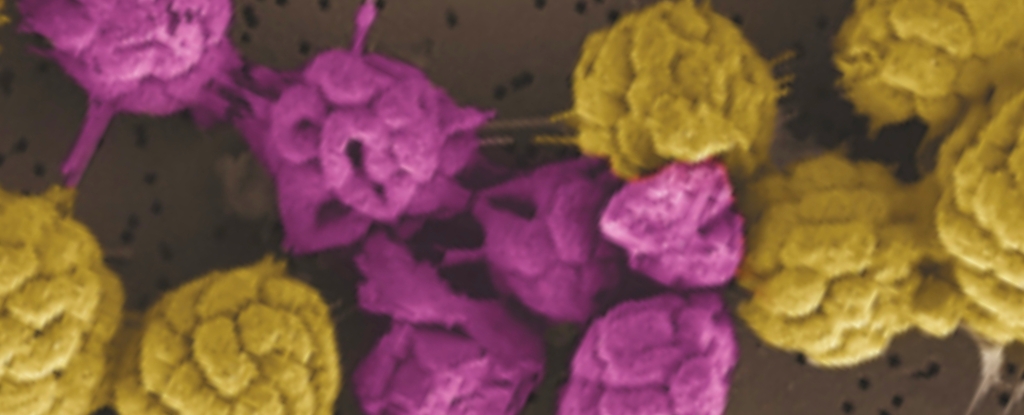A new study shows that s unique group of bacteria known as multicellular magnetotactic bacteria (MMB) may offer insight into the early evolution of complex life. Unlike other bacteria, MMBs are never found living as individual cells—they exist exclusively in tightly bound groups called consortia, where separation leads to cell death. Discovered in a Massachusetts salt marsh, these spherical consortia resemble blastocysts, an early stage in animal embryonic development, hinting at possible evolutionary parallels.
The study led by George Schaible at Montana State University analyzed the metagenomes of 22 MMB consortia and discovered that the cells within are not clones. Instead, they have diverse genetic makeups, allowing for metabolic specialization. Some cells process certain nutrients while others handle different tasks, mirroring a division of labor similar to human societies or body organs. This internal diversity likely helps MMBs adapt to the ever-changing conditions of tidal environments.
The bacteria also use various carbon and energy sources, including reducing sulfate to hydrogen sulfide, a process enhanced by their metabolic cooperation. Scientists believe MMBs could be a modern analog of the transition from single-celled life to multicellularity, making them a fascinating window into the evolution of complex organisms.

No comments:
Post a Comment